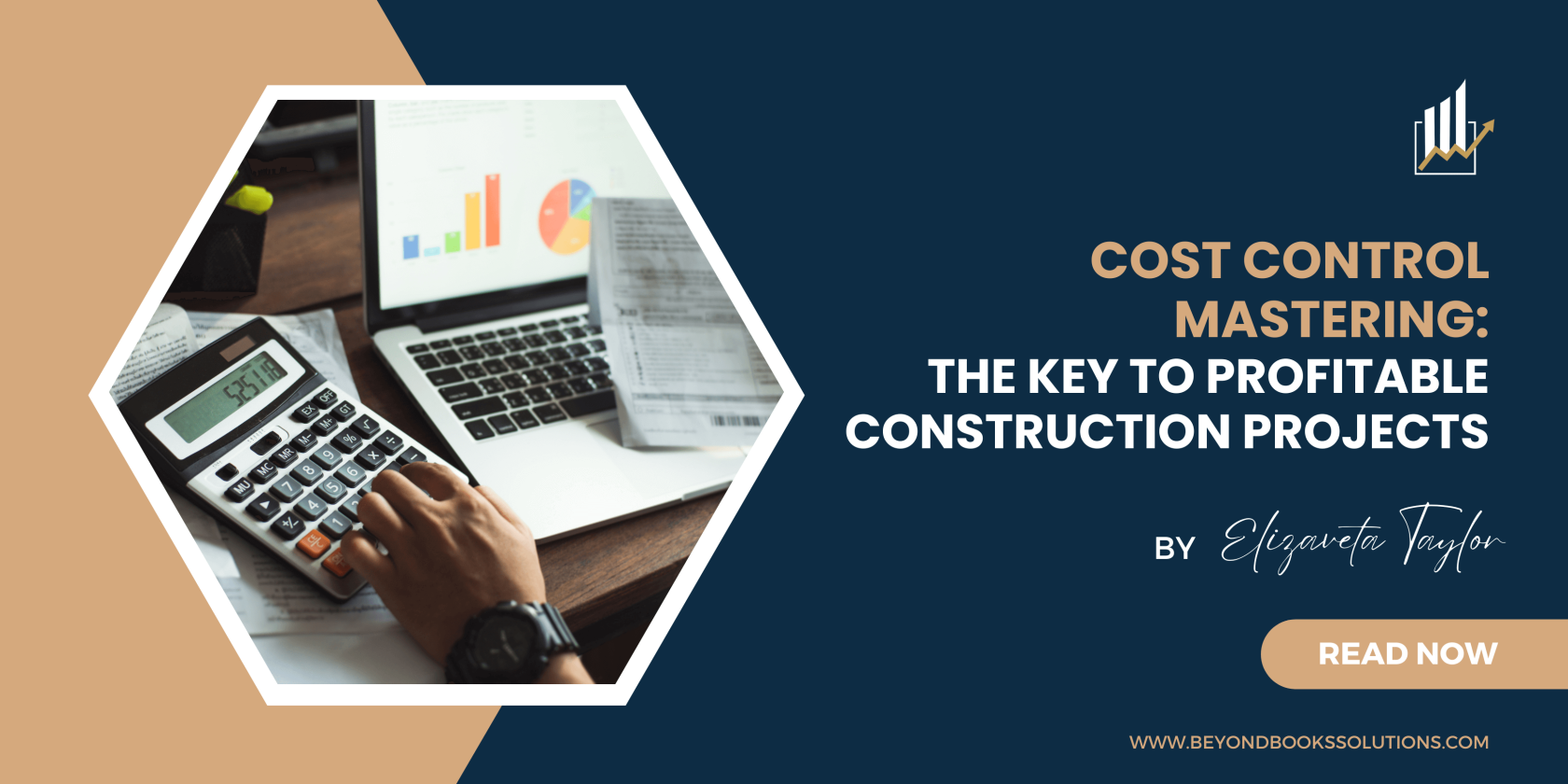
Cost Control Mastering: The Key to Profitable Construction Projects
As a construction business owner, you probably don’t need anyone telling you that keeping a sharp eye on project costs is the lifeblood of your profitability. I get it, numbers may not be everyone’s cup of tea, but when it comes to your projects, they’re THE secret sauce you just can’t ignore. Let’s dive into the fascinating world of cost control and variance analysis, without making it sound like an accounting lecture.
THE BASICS: COST CONTROL & VARIANCE ANALYSIS
The first part of the equation – cost control – might sound complicated, but it’s simply the process of monitoring your project costs and ensuring they stay within the approved budget.
But, how do you know if you’re straying away from the budgeted plan?
Well, that’s where our second player, variance analysis, comes into the picture.
This is a systematic approach to compare planned costs (budgeted costs) with the actual costs incurred during the project. It’s like your project’s financial health checkup. If the actual costs are higher than the planned costs, it’s time to take a step back and examine what’s causing the deviation.
One of the primary benefits of variance analysis is that it provides you with the opportunity to spot those areas that are contributing to cost overruns early on. Maybe your raw material costs are skyrocketing, or perhaps your labor costs are shooting through the roof.
Regardless of the cause, identifying these cost variances early can enable you to implement corrective measures.
So, how can you implement these measures effectively? Let’s look at three steps you can take to monitor your cost control effectively:
1. Regular Monitoring: Watch your project costs like a hawk… aka, keep a constant watch on your project costs. Use a project management software to record and monitor all costs associated with the project. Regular monitoring can help detect any cost deviations early and allow enough time for corrective action.
2. Analyzing Cost Variances: Once you have the actual and budgeted costs data, start analyzing the variances. Look for patterns or trends that could be causing the overruns. Is it happening in a specific phase of the project or with certain resources?
3. Implementing Corrective Measures: Now, you’re ready to take action. Depending on the root cause, corrective measures could involve negotiating better deals with suppliers, streamlining operations for better efficiency, or providing additional training to your crew.
💡Remember, cost control and variance analysis aren’t a one-and-done deal. It’s a constant cycle of cost control monitoring, analyzing, and improving. That’s how you build a construction business that’s not just thriving but profitable.
In the construction world, it’s easy to get lost in the daily grind of managing sites, meeting deadlines, and pleasing clients. But when you have a robust cost control system and a strategic approach to variance analysis, you’re setting your business up for long-term success.
Ready to learn more? I’m here to help. Let’s uncover opportunities to increase your project profitability together.
Is your construction business bleeding money? Let’s stop that leak together. Book a free consultation call with me today and let’s turn your cost control and variance analysis into your secret weapon for profitability.




